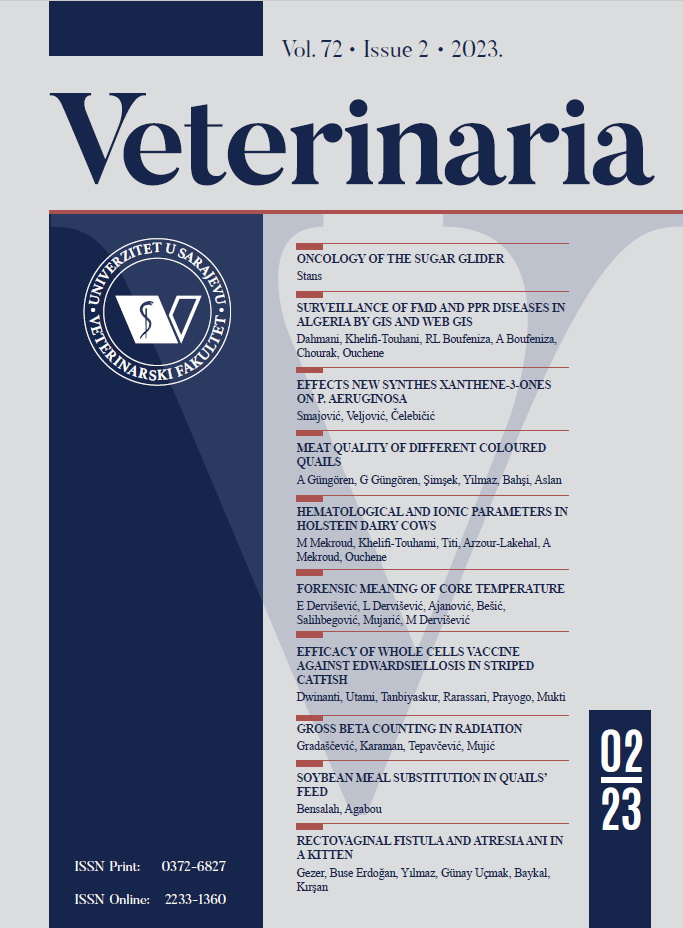Monitoring changes in the eyes – The significance of the post-mortem interval in asphyxia
DOI:
https://doi.org/10.51607/22331360.2025.74.S1.75Keywords:
post-mortem interval, ocular temperature, sclera, forensics, Body temperatureAbstract
Post-mortem ocular changes, particularly those affecting the
sclera, are valuable indicators in forensic pathology for the
estimation of post-mortem interval (PMI) and the evaluation
of tissue decomposition. Previous studies have shown that dark
scleral spots can appear within hours after death, influenced
by eyelid position and environmental conditions. Our research
aimed to examine how postmortem scleral changes progress
over time and whether they are affected by environmental or
physiological factors.
Twelve Wistar rats were divided into four groups: K – control
group, autopsy performed immediately after death (n=3); A – 24-
hour postmortem interval (n=3); B – 48-hour interval (n=3); C -
72-hour interval (n=3). All rats died by asphyxia due to hanging.
Temperature measured during the study included: antemortem
core temperature, ambient temperature, postmortem core
temperature, postmortem eye temperature, and eye temperature
at autopsy. Each eye sample was examined macroscopically for
corneal and scleral changes relative to the postmortem interval.
Ambient temperature significantly influenced the postmortem
body temperature of the rats. With increasing postmortem
interval, ocular changes, such as corneal dryness and appearance
of scleral spots, became more pronounced.
This pilot study demonstrated that, despite anatomical
differences from human cadavers, the Wistar rat model provides
a reliable experimental framework for studying postmortem
scleral changes and related temperature patterns. These findings
can enhance forensic investigations and support future research
on ocular indicators of the postmortem interval.
Downloads
Published
How to Cite
Issue
Section
License
Copyright (c) 2025 Emina Dervišević, Edina Lazović, Layan Matar, Amina Zorlak-Čavčić, Hana Bašić, Muhamed Katica, Emina Kujundžić, Nadža Kapo, Francesco Sessa

This work is licensed under a Creative Commons Attribution 4.0 International License.








